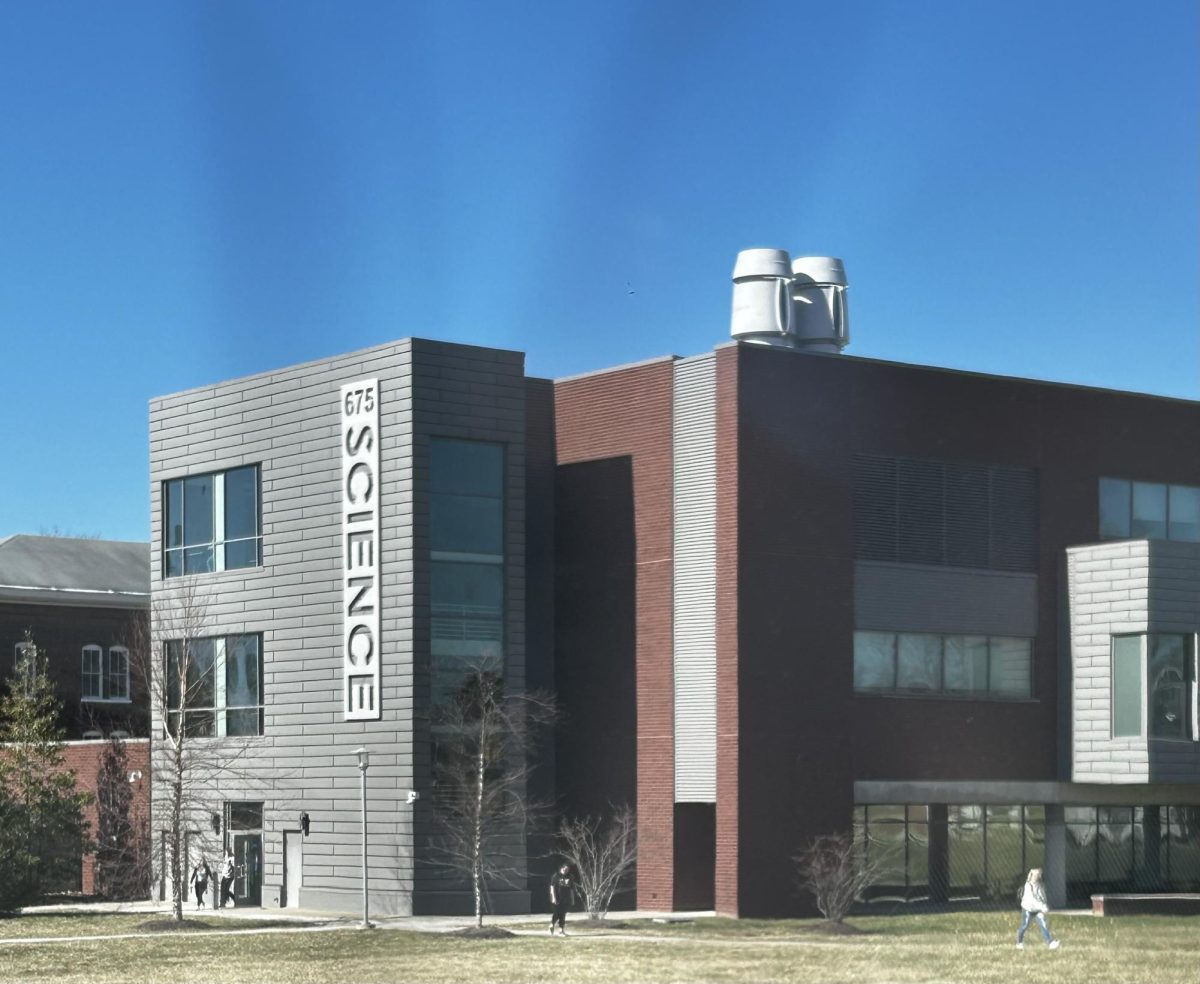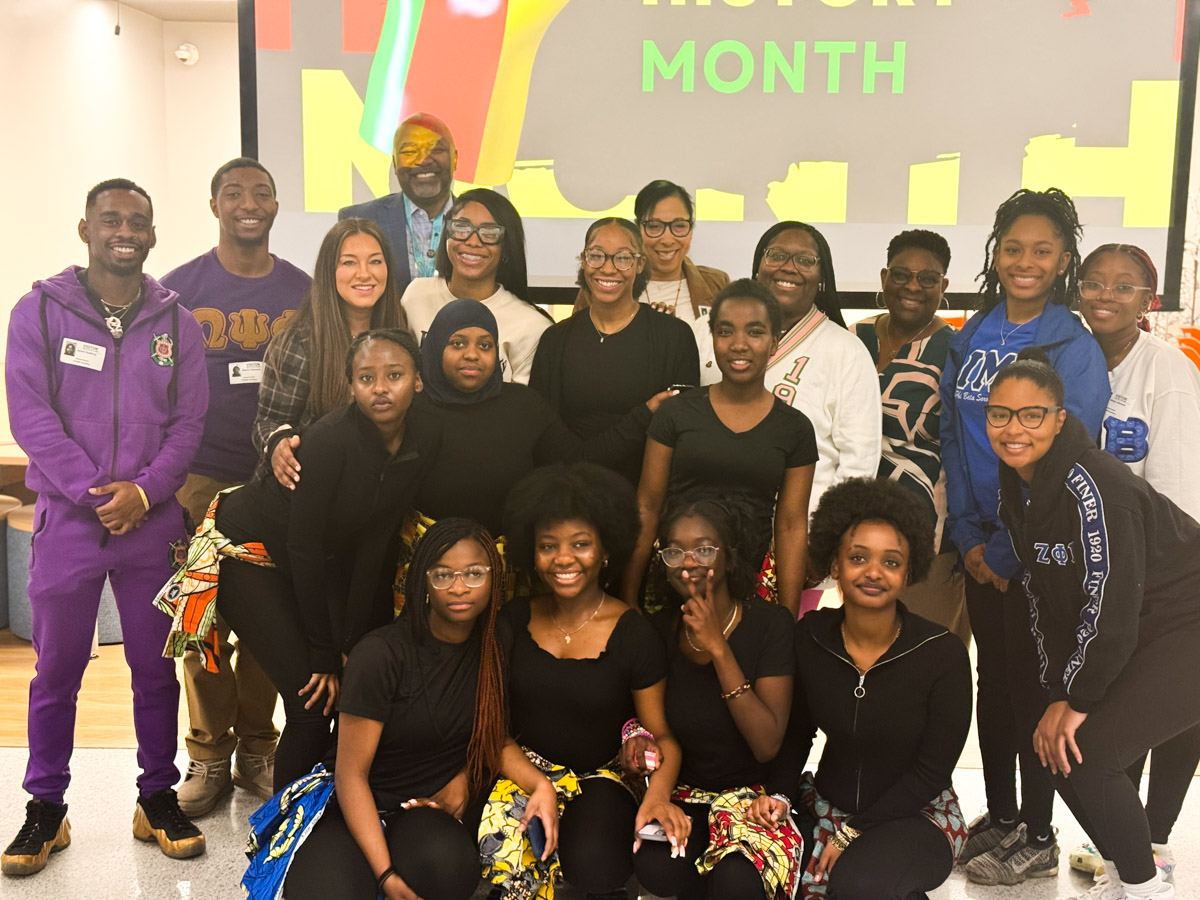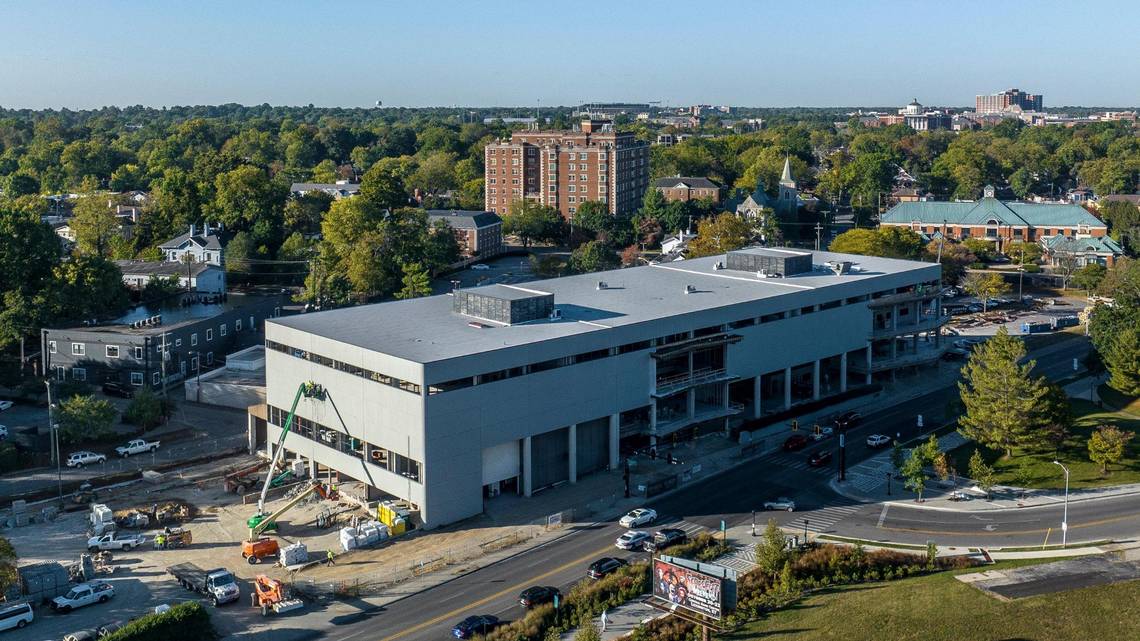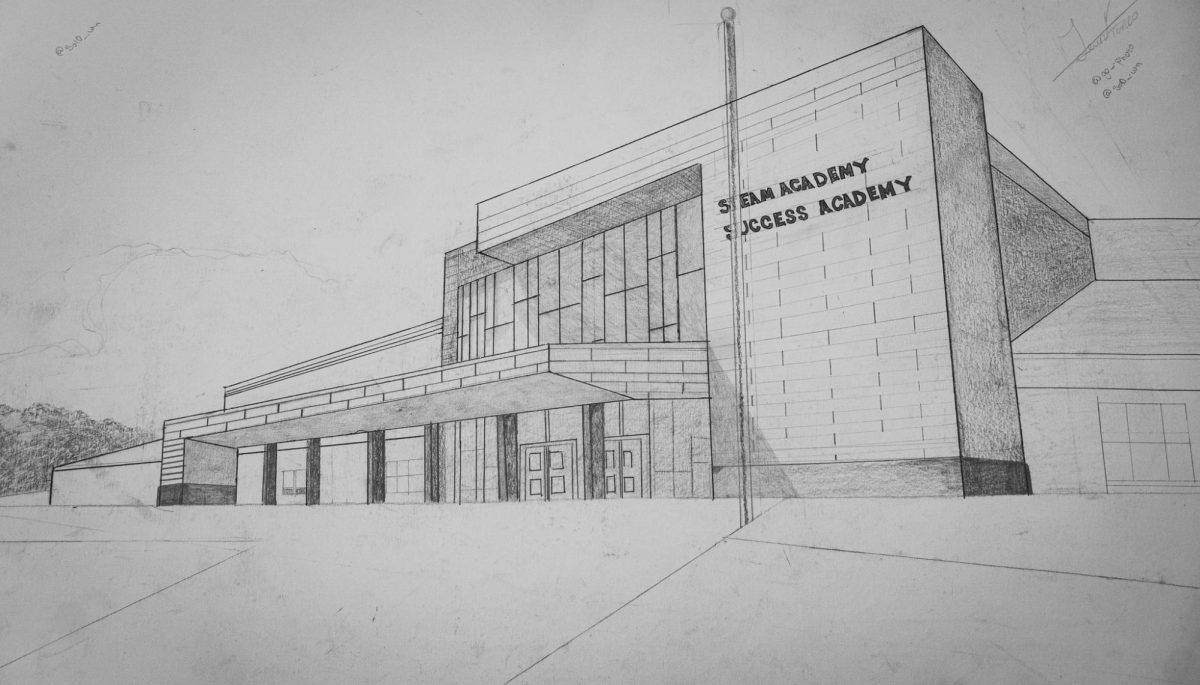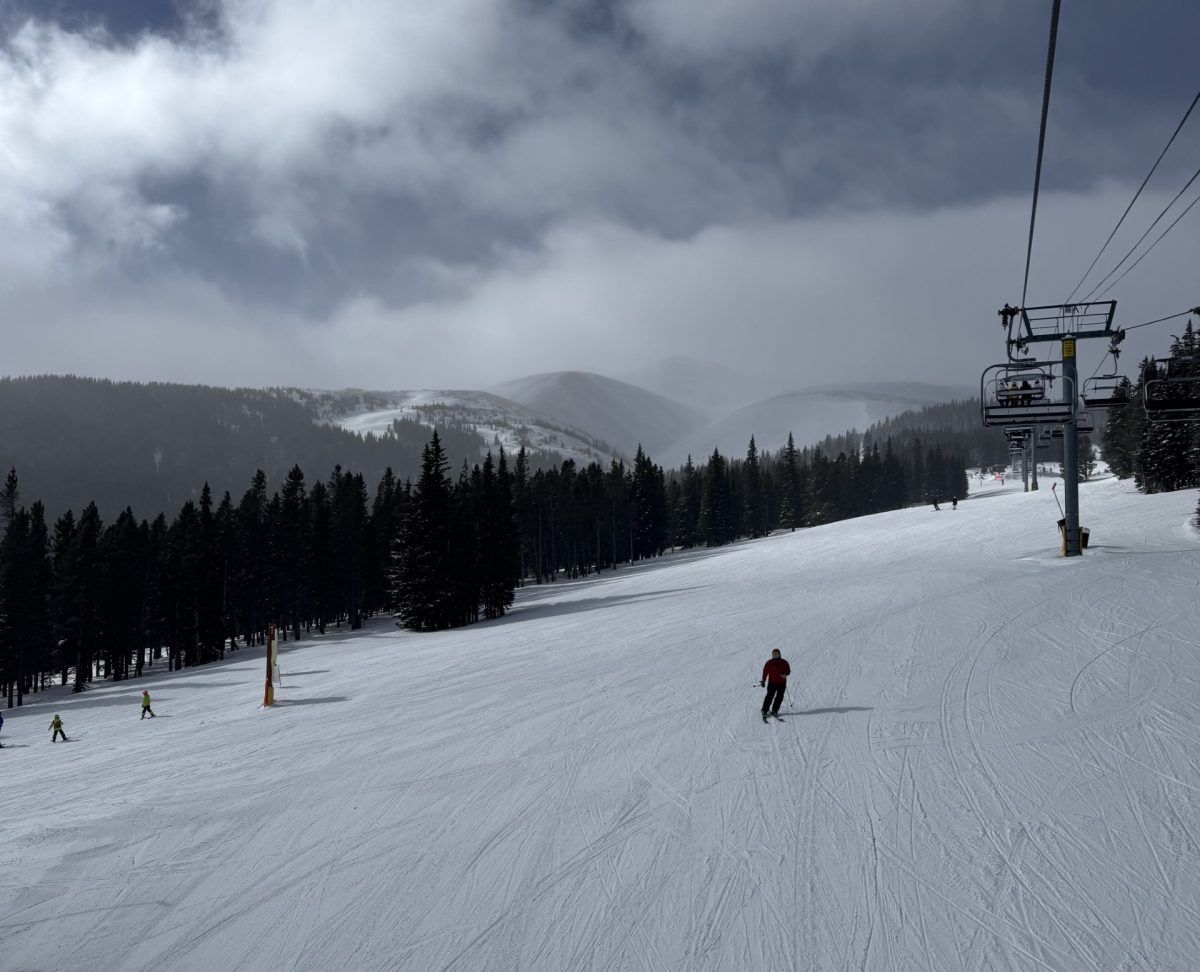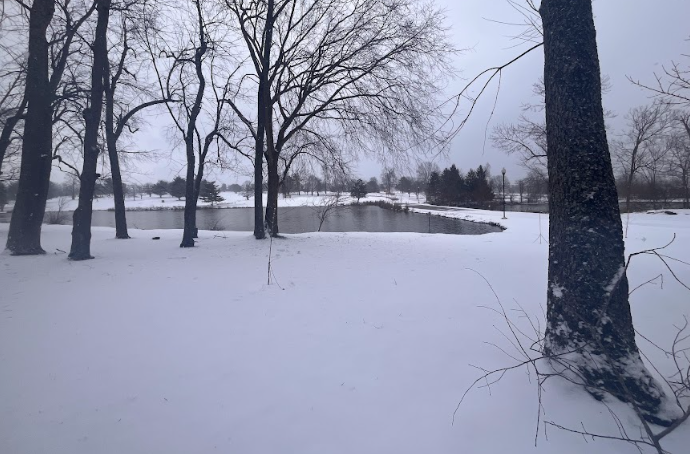In January 2025, Winter Storm Blair swept through the southeastern United States, causing mass destruction and panic. As Blair hit Lexington, residents were met with downed power lines, hazardous road conditions, and delayed emergency responses. Roadways became incredibly dangerous with 280 drivers stranded and 170 accidents across Kentucky. People found themselves out of school and stranded at home, sometimes without water or power. Schools were out on snow days for five days with four non-traditional learning days (NTI). The roads were determined to be unsafe and the last NTI day was called due to extreme cold. The storm also broke the record for most consecutive days with snow on the ground in Lexington, Kentucky.
What Winter Storm Blair also did was expose the vulnerabilities in Lexington’s infrastructure. The city’s snow and ice removal efforts have long been criticized with many city streets remaining uncleared long after the storm ended. The current snow response strategy relies primarily on a reactive approach rather than a proactive one. Upon inclement weather they typically lay down salt, over 2000 pounds in the case of Blair, but not much else is done to prepare. After the storm, Lexington deploys trucks to clear the snow but these trucks often don’t hit neighbourhood roads or truly affect the ice.
Additionally, the city’s infrastructure is not equipped to handle excessive snowfall, particularly concerning electric systems that become unusable and inefficient under the weight of ice and snow, prompting calls from residents to re-evaluate the city’s winter weather preparedness strategies. The ice weighed down tree branches causing breakage and fully blocking roads. Some streets were not able to be driven safely causing missed work and severely delayed mail.
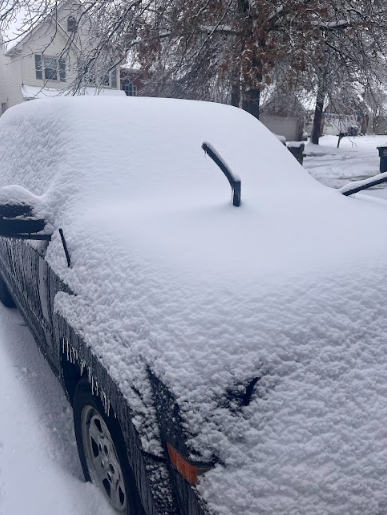
Speaking to first responders many, once again, noted the ice and electricity as the most pressing issues. One said, “The problem is the electric systems. Powerboxes and such just, explode. We would get called out and we just had to show up like ‘Oh yeah there’s a fire, don’t touch it’ and we have to leave.” The power company then has to send response teams to deal with the fires. This leads to open flames being left unattended, to no fault of the firefighters. There are often not enough people to cover and stay at every single fire. They can’t be put out traditionally without assistance from electric companies.
Of course, effective communication before, during, and after a weather event is vital, and with downed lines this became next to impossible. Law enforcement was particularly difficult to reach with the 9-1-1 call centers overwhelmed and struggling to retain power. Calls then became delayed causing confusion in securing rides for necessary employees. This confusion then took away from response time to car accidents, leading to traffic being even more backed up.
Overall, Winter Storm Blair has once again shown the cracks in Lexington’s infrastructure. Time will only tell if Kentucky is hit by similar winter storms which will create even more push for change. For now, residents are urged to familiarize themselves with storm prepping, make sure their tires and brakes are functioning properly, and look into purchasing generators.

